When you are finished with an orthodontic treatment to straighten your teeth, the orthodontist will recommend going with retainers to keep the teeth in the same place. There are two types of retainers. One is a permanent retainer, and another is a removable retainer. Read this blog post to learn more about permanent retainers, including their benefits and disadvantages, and how they can help you.
What Is a Permanent Retainer?
As the name says, permanent retainers are permanently fixed to the inner surface of the teeth. It lasts long in the mouth and can only be removed with the help of an orthodontist. It is also widely known as bonded or fixed retainers.
Since teeth have a natural tendency to shift back to their original positions, permanent retainers are recommended after orthodontic treatment to maintain the result, particularly for those who have had severe misalignment, spacing issues, or crowding.
Manufacturing of Permanent Retainers
The three points show the manufacturing process of permanent retainers. They are,
- Custom Shaping and Fabrication
- Strength and Durability
- Comfort and Adaptability
Custom Shaping and Fabrication
- The process of making permanent retainers begins with taking an impression or digital scan of the patient’s teeth. This scan is then used to create a precise model of the dental arch, which helps orthodontists tailor the retainer for a perfect fit.
- Once a dental arc is made with perfect fit, the metal wire is custom-shaped using specialized dental tools to ensure that it conforms seamlessly to the curvature of the teeth.
Strength and Durability
Titanium alloys and stainless steel are used to make permanent retainers because they do not react adversely with oral tissues or lead to irritation. The design of permanent retainers is also made in a way that it withstands daily wear and tear, including the constant forces exerted during chewing and speaking.
Comfort and Adaptability
The wire is made as thin and unobtrusive as possible to maintain strength and comfort. The design is made in a way that does not disturb our regular duties and also to be very comfortable. The specialty of a permanent retainer is that it is placed on the back of the teeth so that it is invincible to the naked eye.
How Is a Permanent Retainer Fixed?
Permanent retainers can be fixed within an hour by an orthodontist using the following steps without any pain.
- The orthodontist first cleans and dries the surface of the teeth where the retainer will be placed.
- A special bonding agent or dental adhesive is applied to the back of the teeth.
- The custom-made wire is positioned carefully along the inner side of the teeth.
- A special curing light is used to harden the adhesive and secure the wire firmly in place.
- The orthodontist checks for any rough edges and ensures that the retainer is comfortable and does not interfere with the patient’s bite.
Benefits of Using a Permanent Retainer
- Long-Term Stability: Permanent retainers help prevent teeth from shifting back to their original positions, maintaining the results of orthodontic treatment.
- Convenience: Since they are fixed in place, patients do not have to worry about remembering to wear them, as is the case with removable retainers.
- Invisible Appearance: Positioned on the back of the teeth, permanent retainers are not visible when talking or smiling.
- Comfortable and Non-Intrusive: Unlike removable retainers that may feel bulky, permanent retainers are slim and do not interfere with speech.
- No Risk of Loss or Damage: Since they are attached to the teeth, there is no risk of losing or accidentally breaking them, unlike removable retainers.
Disadvantages of Using a Permanent Retainer
- The fixed wires can make oral hygiene hard and lead to the buildup of plaque.
- In some cases, the patients may experience minor irritation of the tongue due to the wire.
- Permanent retainers cannot be fixed on their own, and professional help is required. Most of the time, permanent retainer holders complain of breakage and detachment from one tooth to another.
- Permanent retainers could cause bad breath due to traps of food particles and increased plaque accumulation.
- Some patients may not be candidates for permanent retainers, especially those with bite issues or poor oral hygiene.
Alternatives to Permanent Retainers
If a permanent retainer is not suitable for you, there are alternative options available,
- Removable Retainers (Hawley or Clear Retainers)
- Vivera Retainers
- Nighttime Retainers
Removable Retainers (Hawley or Clear Retainers)
- Hawley retainers are made up of a plastic base with a metal wire that fits across the teeth.
- Clear retainers (such as Essix retainers) are made from transparent plastic and provide nearly an invisible look.
- These retainers need to be worn as instructed by the orthodontist, usually at night.
Vivera Retainers
- Vivera retainers are a type of clear removable retainer made by Invisalign. It is known for being durable and offers a snug fit.
Nighttime Retainers
- Some patients opt for retainers that are worn only at night to prevent tooth shifting while they sleep.
Takeaway
Permanent retainers are used to maintain the result of orthodontic treatment as they give long-term stability and convenience. However, wearing a permanent retainer must be taken care of with good oral hygiene and regular dental checkups. There are other alternatives to permanent retainers, such as removable retainers. Choosing the correct one can be done by the orthodontist and your discussion to match your comfort and excellence. Contact Surya Dental Care to get your orthodontic treatment and choose the correct retainers that give good results.

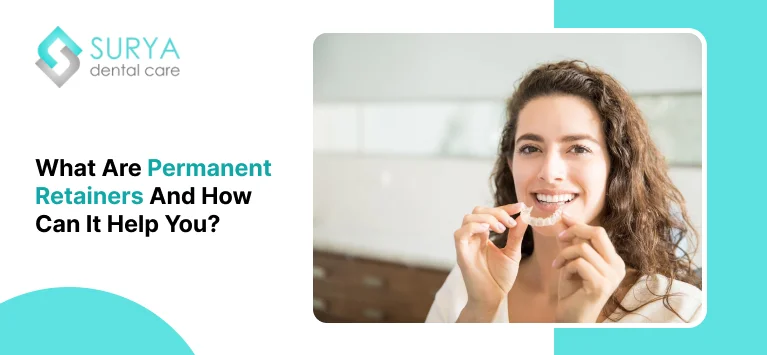

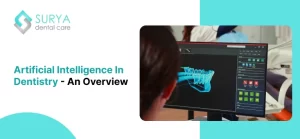
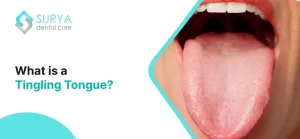

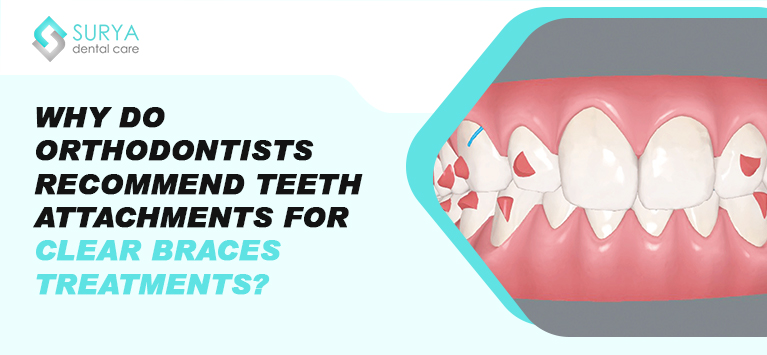
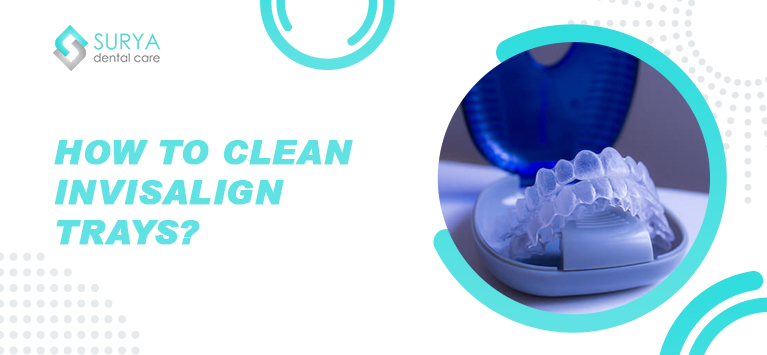

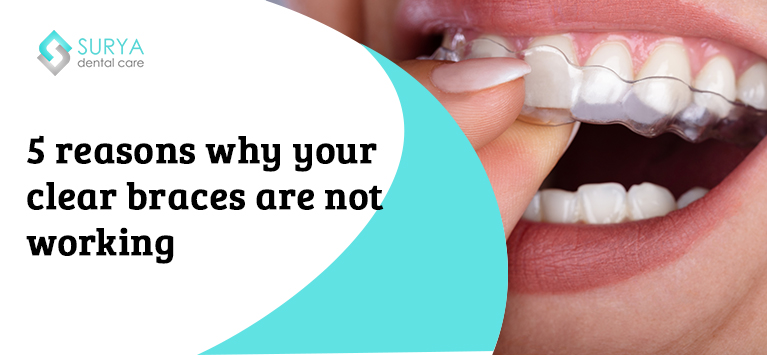
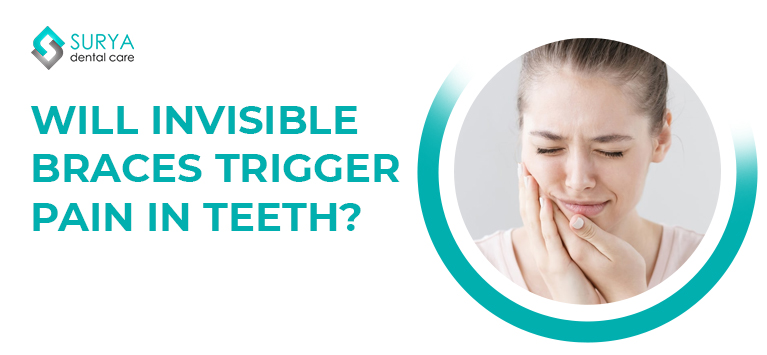
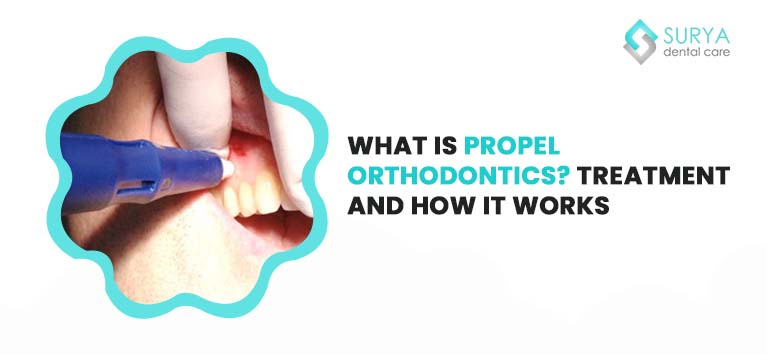
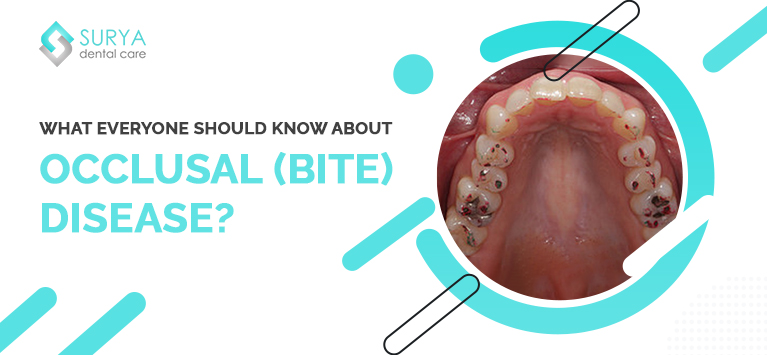
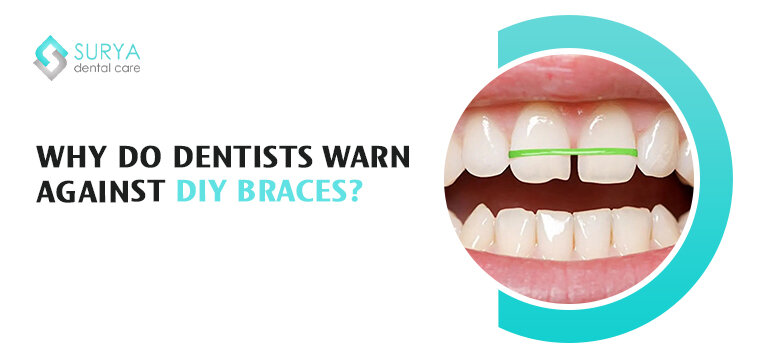

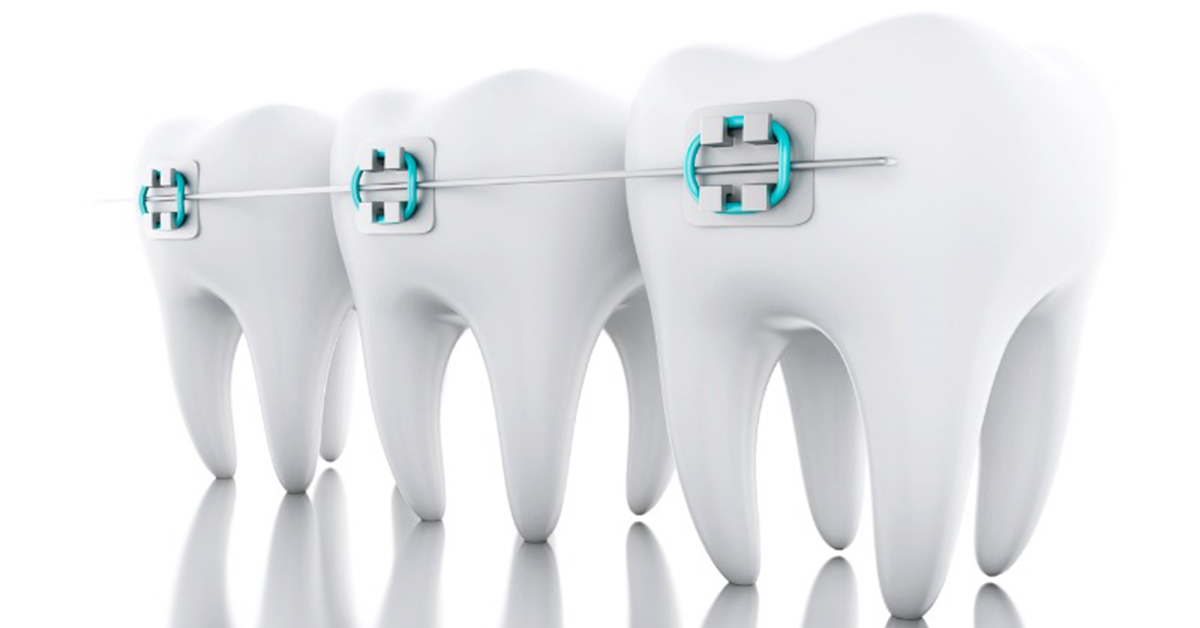
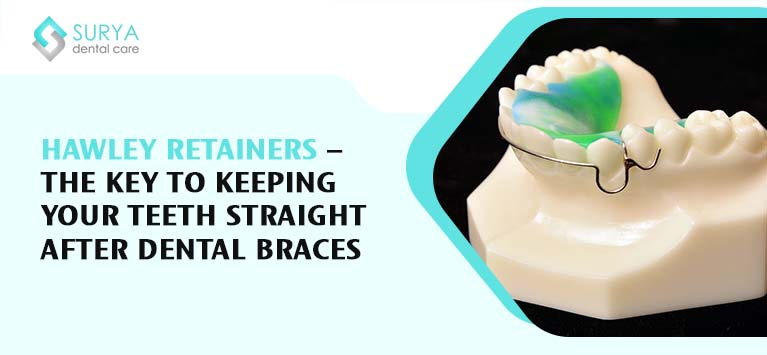
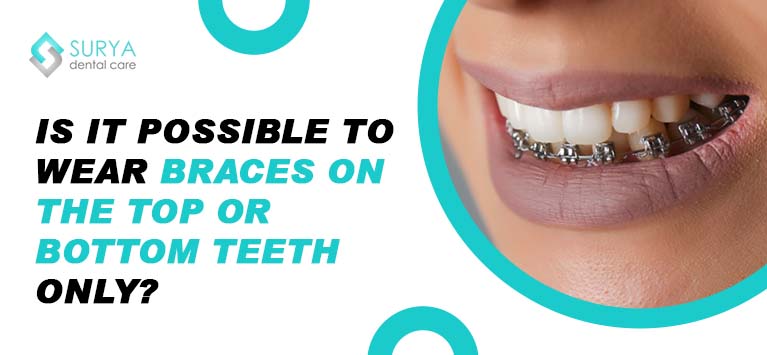
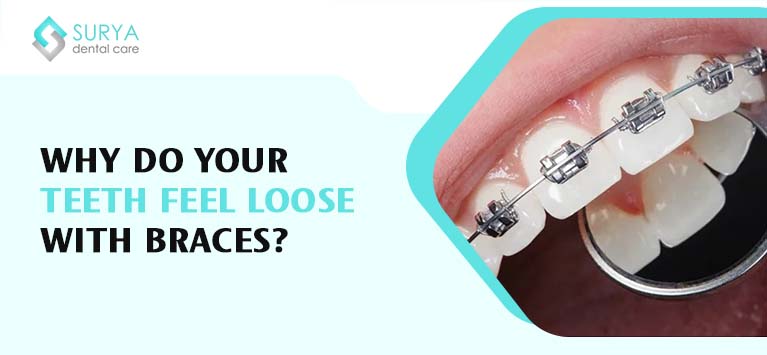
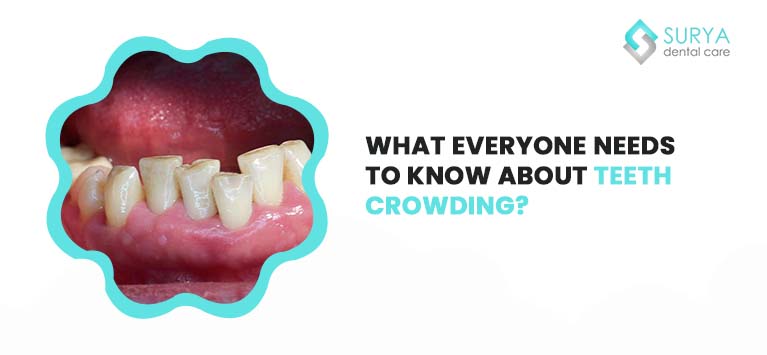


Leave a Comment